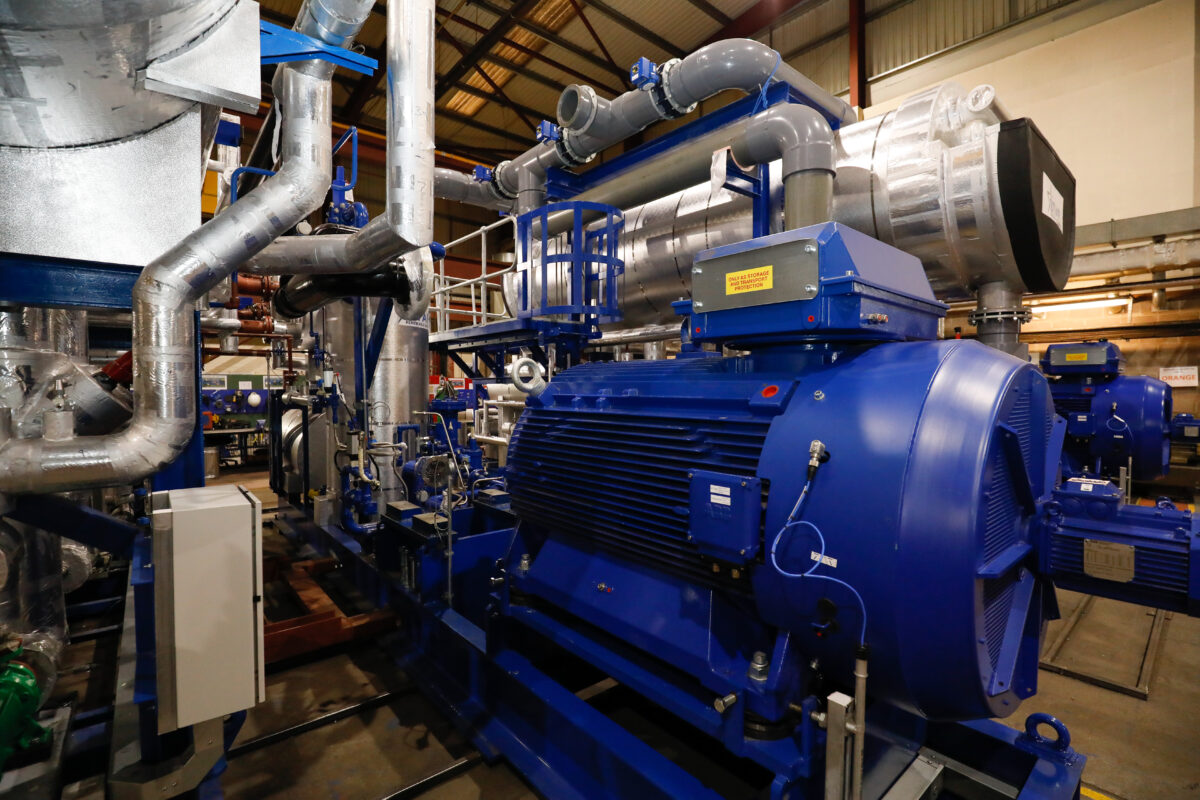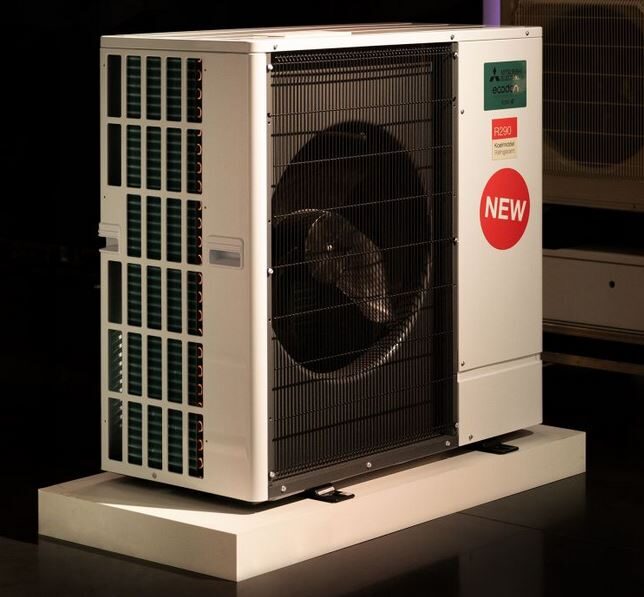A German-Swiss research team introduced a novel optimization method for the integration of heat pumps in non-continuous industrial processes.
The novel technique utilizes Pinch Analysis, which identifies the optimal temperature levels for heat exchange within a system, and provides the coordinates for the optimal design and sizing of the heat pumps.
“In Pinch Analysis, most approaches to design the heat recovery system as well as the utility system are based on a single operating point or a couple of operating points. In the past, this was due to the lack of temporally detailed process data,” the researchers explained. “However, the available process data is expected to increase drastically by the use of transient process simulation models.”
The researchers used software simulation to obtain detailed process data and utilized 8,759 time slices over one year, calculating an optimal set of heat pump parameters by mathematical optimization. For their case study, they chose an automotive paint shop, where variations in heating and cooling demands primarily arise from weather conditions.
The novel methodology considers different economic optimization objectives and is intended to minimize Opex over the whole year and maximize the net present value (NPV) of the heat pump investment. It also aims to maximize the internal rate of return (IRR) of the heat pump investment.
The scientists compared the performance of a system designed with the novel approach with that of a system conceived with the time average (TAM) model, as well as with that of a system based on an optimization method that considers the entire annual process data as well as NPV and IRR.
.“The TAM averages the heat loads over the batch period and allows for basic targeting,” the academics explained, noting that this configuration achieved a coefficient of performance (COP) of 2.56. “The integration of the TAM heat pump can already provide Opex savings of 1.75% but has very high Capex due to its large heating capacity. With an IRR of 18.4% and an NPV of €167,183 ($175,433), it is already a very worthwhile investment.”
The system designed with the novel technique, by contrast, achieved Opex savings of 3.94%, an IRR of 56.3% and an NPV of €610,15. Its COP was 2.41. When optimized to NPV, the novel method showed Opex savings of 3.93%, an IRR of 60%, an NPV of €615,989 and a COP of 2.48. Finally, when optimized for IRR, the OPEX savings were 2.93%, the IRR was 70.5%, the NPV was €476,556 and the COP was 3.17.
The scientists claim that, by utilizing the new methodology, a 33% smaller heat pump could be integrated. “The smaller size and greater savings show particularly in the evaluation of the profitability of the investments,” they concluded.
They presented their findings in the study “Heat pump integration in non-continuous industrial processes by Dynamic Pinch Analysis Targeting,” published in Applied Energy. The research group was formed by scientists from the German Aerospace Center and the Lucerne University of Applied Sciences and Arts.
This content is protected by copyright and may not be reused. If you want to cooperate with us and would like to reuse some of our content, please contact: editors@pv-magazine.com.



By submitting this form you agree to pv magazine using your data for the purposes of publishing your comment.
Your personal data will only be disclosed or otherwise transmitted to third parties for the purposes of spam filtering or if this is necessary for technical maintenance of the website. Any other transfer to third parties will not take place unless this is justified on the basis of applicable data protection regulations or if pv magazine is legally obliged to do so.
You may revoke this consent at any time with effect for the future, in which case your personal data will be deleted immediately. Otherwise, your data will be deleted if pv magazine has processed your request or the purpose of data storage is fulfilled.
Further information on data privacy can be found in our Data Protection Policy.